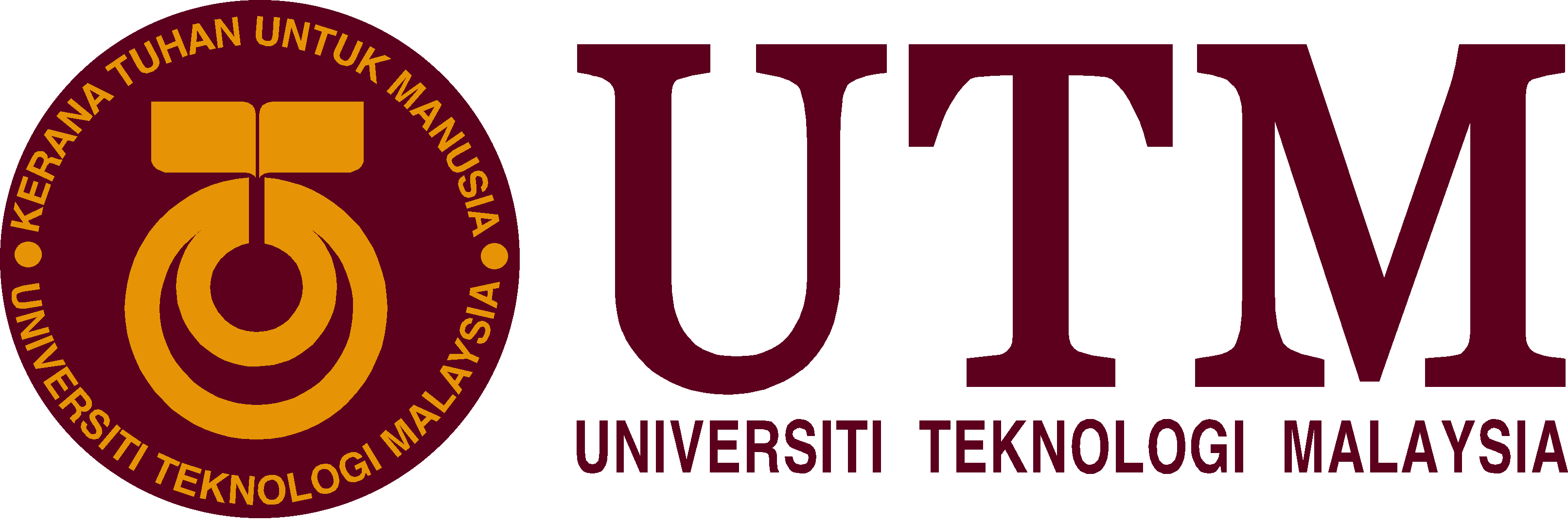PRM is a motion planning algorithm that is widely applied in robotics and has been proven to solve many path planning problems. This algorithm works based on the idea of sampling the configuration space with two different phases called learning phase and query phase.
In learning phase, PRM is constructed by computing the random free configuration of the robot repeatedly and these configurations are connected by using graph searching algorithm. The roadmap is formed in the free configuration space called ?-space of the robot and the roadmap information that consist of nodes and edges are stored in an undirected graph ?. The configuration denotes the nodes as ? and the roadmap as the edges of ?. Finally, the learning phase is completed by executing the post processing of ? to improve its connectivity by placing some additional nodes inside the configuration space.
In query phase, paths are found between the start and goal points inside the roadmap that is constructed during the learning phase. It is assumed that the free area of C-space is connected during this stage. When the start configuration s and goal configuration g is given, s and g is trying to connect to each other by using two nodes of R, called ?̃ and ?̃, with feasible paths, ?? and ?? respectively.

